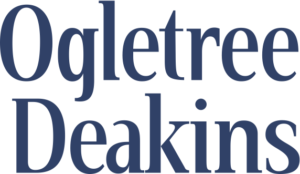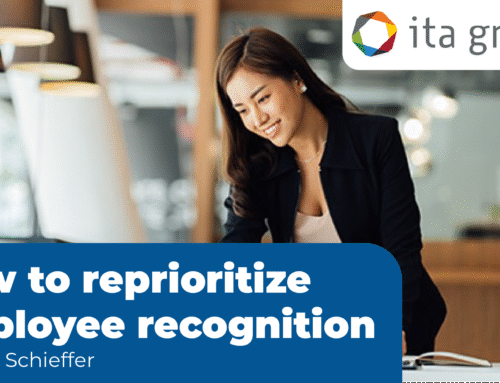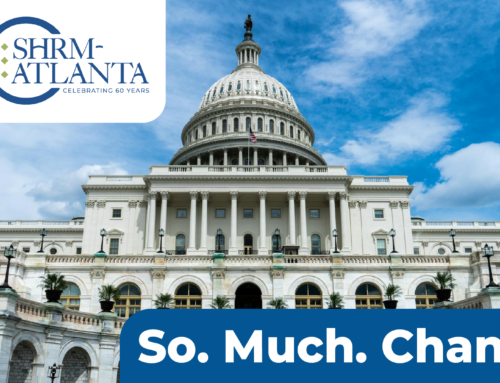By Greg Hare and Monica Hess
Complete and structured investigations are necessary for any successful compliance program. As even the most compliant employer will inevitably face complaints and potential violations, having an organized, structured investigation process is necessary.
Quick Hits
- When choosing an investigator, it is key to identify an objective, neutral individual who will begin the investigation with a blank slate.
- Investigations must be completed as quickly as possible, but as thoroughly as needed.
- Investigations must be kept confidential as any breach of confidentiality will deter witnesses from communicating in the future.
You have received a complaint, what do you do?
I. Identify Your Investigator: Internal or External
When a complaint arises, one of the first steps that should be taken is identifying an investigator. While many investigations can be completed internally by Human Resources or in-house counsel, others may require outside counsel in order to ensure objectivity. Often, key to this determination is: (1) the nature of the allegation itself, and (2) the individual(s) involved in the allegation. Employers should establish a pre-recognized protocol for identifying when the employer will use outside investigators as this protects the integrity of any investigation.
In determining whether outside investigators are necessary, consider whether there is any appearance of bias to those external to the decision-making process. If an allegation involves individuals (as the accused or as witnesses) who would normally be tasked with investigating complaints or concerns individuals who are seen as ones with power, an external investigator may be necessary to ensure that the investigation stays independent. Further, if at any point during an internal investigation a substantial question arises to the independence or self-intent of an internal investigator, a process should be established to allow for a hand off to external investigators. As any indication of bias may harm the integrity of the investigation, it is important to take steps to select the proper individual from the beginning.
Additional factors to consider when selecting an investigator include the severity and pervasiveness of the allegation, the investigators suitability as potentially a testifying witness, the impact of the alleged harm on the business, and the need to ensure the appearance of objectiveness and independence as related to the allegation.
II. Who does the Investigator Report To?
Once you identify an investigator, a clear chain of command must be established as related to who will receive the investigator’s report. Further, while the investigator will act independently, when an external investigator is used, a liaison may be needed to establish contact between the investigator and any potential witness. While a clear reporting structure should be set up prior to any complaint occurring, depending on the nature and type of complaint, additional factors should be taken into consideration.
Often the following individual(s) are identified as who the investigator will report to: (1) Assistant General Counsel, Employment; (2) General Counsel; (3) Chief Human Resources Officer (or equivalent); (4) CEO; and (5) Board of Directors. When determining who the investigator will report to consider the severity and pervasiveness of the alleged harm, the individuals involved in the allegation, and whether investigations of this kind have occurred previously. If the individuals involved in the complaint are at the executive level, having the investigator report to either the CEO or the Board of Directors may be necessary to ensure that there is no appearance of bias or self-interest.
III. Identify Your Witnesses
After identifying an investigator and ensuring the proper reporting structure, the investigator must take steps to identify all relevant witnesses to the allegation. While an investigator will create an original list of potential witnesses, it is important to remember that this list can and will change as the investigation develops. Oftentimes, the complainant will be the individual interviewed first, and the accused will be interviewed last. However, this structure may be changed depending on the nature and circumstances surrounding the complaint itself.
When identifying witnesses, it is important to remember that the company will want to interview as many people as are necessary, but as few as is possible. Expanding interviews outside those necessary can create concerns with confidentiality and will result in information not relevant to the investigation. Further, as discussed in detail below, investigations should be conducted promptly. By engaging a list of witnesses beyond the scope of what is necessary, investigations may become drawn out over a number of weeks. This can and will impact the confidentiality of the investigation, the validity of the information that the investigator receives, and the overall appearance of integrity in the investigation.
To identify the individuals necessary to the investigation, the company should consider: who was an eyewitness to any even that led up to the complaint; whose name is consistently appearing in other interviews; and who would be able to provide the information that fills in the empty picture. Often, these individuals will reveal themselves throughout the investigation, so do not be tied to any pre-determined list.
IV. Confidentiality & Privilege
Arguably the most key aspect of any investigation is the confidentiality that attaches to the investigation. Witnesses who are involved in the investigation are often hesitant to speak candidly with investigators, and many have not been involved in investigations previously. As such, it is helpful to ensure any witness that what they tell the investigator will remain confidential to the greatest extent feasible (but with a qualifier that the company must comply with its legal obligation if any agency investigation or lawsuit ensues.
This confidentiality plays a major role at the time the investigator completes the report. At this stage, it is important that an investigator does not reveal the names of the individuals with whom the investigator spoke to, the exact conversation the investigator had with these individuals, and exactly which individual provided the investigator with the information. Should an investigator need to reveal any of this information, it is important that the investigator informs the witness that sharing the information might be necessary. This is important as many individuals will be hesitant to share information without the assurance of confidentiality, and in order to ensure that the investigator receives the most accurate information, providing witnesses with this confidentiality is necessary.
Further, it is important to encourage witnesses to preserve the integrity of the investigation by refraining from unnecessarily sharing the details of the investigative conversation. While the individual’s personal rights are not impacted by the occurrence of the investigation, and the facts themselves are not confidential, any questions that the investigator asks are. Should witnesses share amongst themselves that they were interviewed, the contents of the interview, or what they think that others will be asked, this can impact other individuals’ perception of the events, their retelling of what occurred, and ultimately may taint the investigation. As such, all witnesses should be advised thoroughly on the expectation of confidentiality.
V. Timeline of Investigations
As briefly mentioned above, the timeline of the investigation is also key. The longer the investigation, the greater the likelihood for witnesses to communicate with each other, speculation to arise regarding the intent of the investigation, and further damage be done related to the underlying allegations. As such, ensuring that the investigation takes no longer than as is necessary is important. Often, it is best to ensure that all interviews be conducted within the same week, avoiding the risk of communication over weekends, and that the dates of the investigation do not conflict with major events where many witnesses will be in the same place. Although witnesses will be instructed on confidentiality, the longer the investigation takes, and the more witnesses are forced to interact, the greater the likelihood that this confidentiality breaks. Additionally, trust in the process breaks down when it appears that the process is taking longer than is needed. Because of this, in order to ensure the integrity of the investigation, taking the time to consider the length of the investigation and the time when it is occurring is necessary.
Conclusion
Although complete and structured investigations are necessary for any successful compliance program, there are some key tips to keep in mind when structuring an investigation. However, it is important to remember that all allegations, complainants, witnesses, and accused are different, and each investigation should be treated independently. As even the most compliant employer will face potential complaints, creating a structured process will benefit and assist in the success of any compliance program and ensure that an employer is prepared should subsequent legal action arise.
Ogletree Deakins is a labor and employment law firm representing management in all types of employment-related legal matters. Best Law Firms has named Ogletree Deakins a “Law Firm of the Year” for 14 consecutive years. Ogletree Deakins has more than 1,100 attorneys located in 60 offices across the United States and in Europe, Canada, and Mexico. The firm represents a diverse range of clients, including many of the Fortune 50 companies in the U.S






Leave A Comment